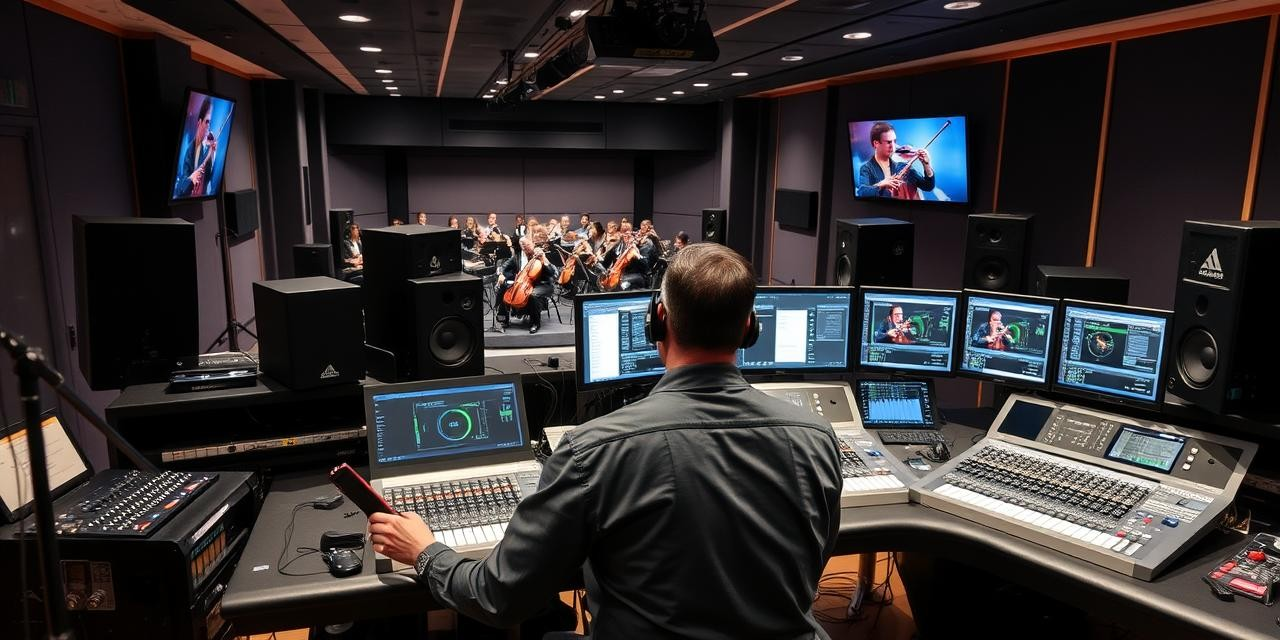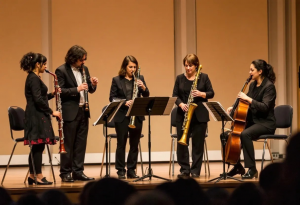Technology and classical music? It’s a complex relationship. Once a quiet presence, tech now plays a leading role in the classical world. Think crystal-clear digital recordings and streaming that spans the globe. But is this a beautiful harmony or a jarring clash? As someone deeply involved in the classical scene, I’ve witnessed firsthand how these changes are reshaping music – how it’s made, shared, and, most importantly, experienced.
Recording Renaissance: Beyond Analogue
The story of classical music recording is one of constant innovation. The move from analogue to digital sparked debate, but it undeniably expanded the sonic possibilities for artists and engineers. Audio editing software offers incredible control, allowing for near-perfection. Some miss the “warmth” of older methods, that human element. But is progress always smooth? Let’s delve deeper.
Tools like Pro Tools and Logic Pro are game-changers. They let producers meticulously edit, layer, and shape sound. Recordings gain unparalleled clarity and precision. Some purists worry that this quest for perfection can sterilize the music, stripping away its soul. Others celebrate the enhanced detail and dynamic range. The debate rages on, but digital rules the studio these days.

Classical Music Unleashed: Distribution Revolution
Tech’s biggest impact? Distribution, without a doubt. Streaming services like Spotify, Apple Music, and Idagio have democratized access to classical music. Massive libraries are now available to anyone with an internet connection. This opens doors to discovery, letting listeners explore a vast range of composers, performers, and genres. It’s a musical playground!
Streaming’s Impact: Good and Bad
- Accessibility soars: New listeners can easily dive into classical music.
- Artists gain reach: Independent musicians can connect with a global audience.
- Personalized discovery: Algorithms introduce listeners to new favorites.
But this revolution has its dark side. Streaming revenue often isn’t enough to support classical musicians, especially those who aren’t household names. Fair compensation remains a critical issue. The future of classical music hinges on finding sustainable models that support both creators and consumers. It’s a balancing act.
The Concert Hall Reimagined: Performance in the Digital Age
Live performance is also evolving. Live streaming has exploded in popularity, allowing people to experience concerts from home. During the pandemic, virtual concerts became essential. While these experiences can’t fully replicate the magic of a live performance, they offer exciting new avenues for innovation and audience interaction.
Technology is also being woven into live performances in imaginative ways. Think digital projections, interactive lighting, and even augmented reality enhancing the visual and immersive aspects of concerts. These innovations can attract new audiences and create deeper experiences for seasoned concertgoers. Imagine Debussy’s “La Mer” brought to life with stunning ocean visuals, or a Bach cello suite amplified by interactive lighting responding to every note. Mind-blowing, right?
The Horizon: A Symphony of Tech and Tradition
Looking ahead, technology’s role in classical music will only grow. Artificial intelligence could compose new works, analyze performance data, and even personalize music education. Virtual reality could create immersive concert experiences that transport listeners. The possibilities are endless. But we must proceed with caution, ensuring that technology serves the music, not the other way around. It’s about enhancing, not replacing.
The key is balance: embracing innovation while preserving the heart of classical music – artistic integrity, emotional depth, and the power of human expression. As technology evolves, it’s up to all of us – musicians, educators, and audiences – to shape its role. The digital overture has begun. Let’s make sure the resulting symphony is both beautiful and sustainable.
Navigating the Digital World: Key Considerations
- Audio is king: Strive for the best audio quality in recordings and streams. Don’t let compression ruin the experience!
- Engage your audience: Use technology to build community around classical music.
- Ethics matter: Address copyright, fair compensation, and algorithmic bias.
- Humanity first: Technology is a tool, not a replacement for creativity.
Your Questions Answered: Tech & Classical Music
Is technology ruining classical music?
Not necessarily! Challenges exist, but so do opportunities for innovation and accessibility.
How can I support classical musicians?
Buy music directly from artists, attend concerts, and support advocacy organizations.
What are some cool examples of tech in classical music?
Live streaming, interactive lighting, augmented reality performances, and AI-assisted composition are just the beginning!

